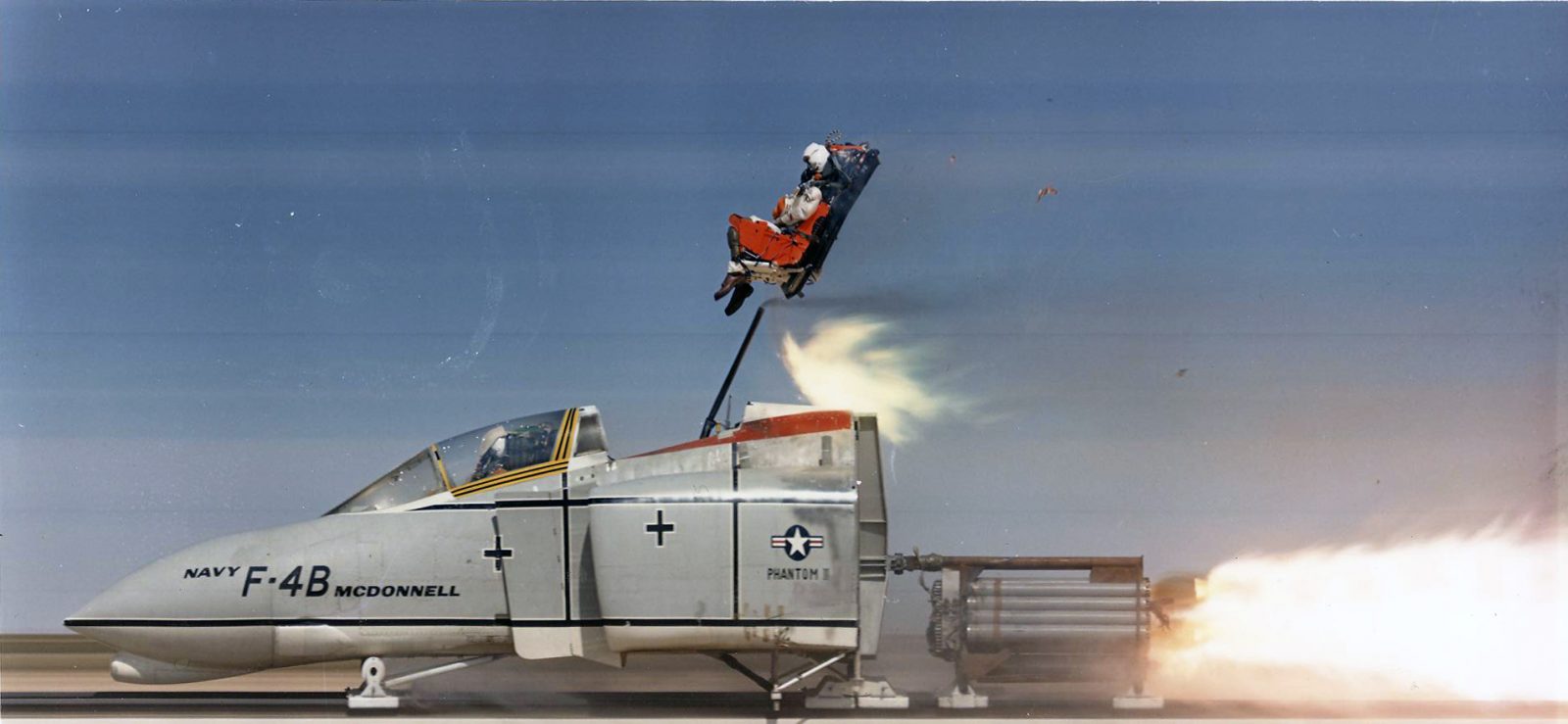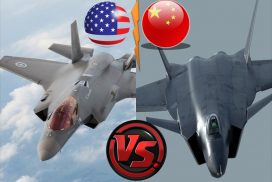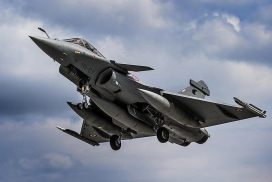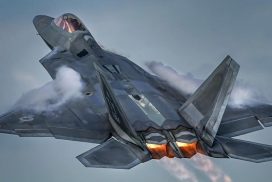When it comes to an emergency in a fighter jet, nothing saves more lives than the ejection seat. The ejector seat system is designed to keep the pilot / crew safe in the event of an emergency. Ejection seats are found most commonly on military aircraft where the pilot may need to be rescued if a fighter jet is shot down, or in a situation that endangers the pilot’s life. The seat will contain an explosive propellant or a rocket motor that will carry the pilot away from the fuselage, and will deploy a parachute once the pilot is clear of the aircraft. The parachute allows the pilot to return to the ground in a safe manner.
Ejector seats in the U.S. were influenced by Heinkel Seats, from Germany. Also, development on ejector seats from England helped in the design of American ejector seats. The German seats were first examined by a company named Aircraft Mechanics Inc. Other U.S. companies in the 1940’s started producing seats. One of these companies were Lockheed Aircraft, who had pioneered important developments in fighter jets. Other companies that forayed into ejector seat manufacturers were Douglas, Republic, North American and Northrop who produced aircraft as well.
U.S seat designers used different technologies for their ejector seat prototypes, in regards to the take-off and landing speeds and the high-pressure environments that the seats would be exposed to. They were also designing their seats to work with older aircraft that did not have enough space in the cockpit while keeping the centre of gravity constant.
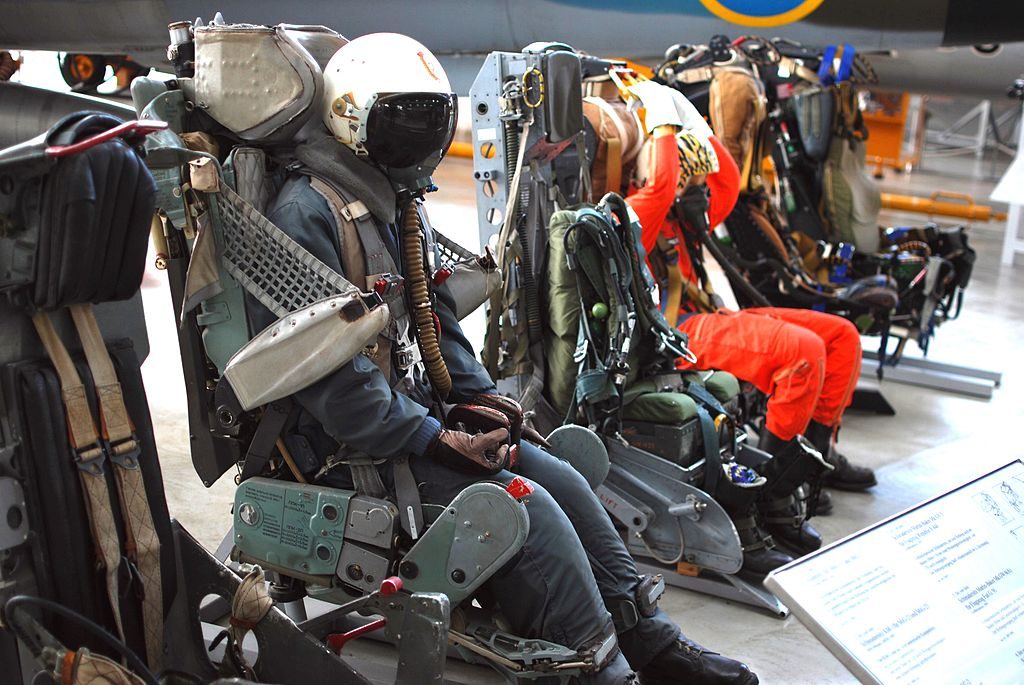
As aircraft seat manufacturer companies began to merge, the development and design of ejector seat technology became more streamlined. Parts were easily available from large manufacturers. Martin- Baker from England is considered to be the biggest manufacturer of ejection seats in the world producing over 68,000. A spin-off group called Martin-Baker America Incorporated was formed in the mid – 2000s.
Meanwhile, in Russia, a company called Zvezda was the only manufacturer that could be comparable to its U.S counterparts. They fitted a seat called K-36D to their SU-27 and MiG-29’s and also for their Ka-50 Havok helicopters. Russia was keen to have U.S. aircraft manufacturers use their seats and they struck many deals in this regard, with Goodrich Safety Systems using their K-36 3.5 seats.
With the main aim of providing better survivability, ejection seats have progressed in technology. Russian Aircraft ejection seats work well at low- altitudes and high speeds. Experts from the U.S. tested the Russian ejector sets in varying conditions and with a plethora of conditions to mimic real-time environments. They were tested at speeds of up to Mach 2.5 and altitudes ranging to 50,000 feet. The Russian seats were declared to be superior to the U.S. manufactured seats.
Russian seats displayed superior performance during ejection, due to the deployment of telescope booms that orient the seats in the right direction and to stabilise them. The seat remains in an upright posture till the point when it decelerates and the parachute can be released to separate the pilot from the seat. The Russian seats also incorporate devices to restrain the legs and hands to keep the body intact at high speeds as well as deflectors to keep the wind blasting in check.
The American were so impressed by these technologies that they decided to us them in their own seats. The Russian seat manufacturer, Zvezda, was contracted by Boeing of North America to begin producing seats for them. However, the seat weights were reduced, were better capable at handling high speeds, supported life-saving equipment, and reduced overall cost.
A rocket-propelled seat was developed by Zvezda to meet these requirements. To say that Russian seats were superior to U.S. seats would not be entirely factual. The truth is that they both benefited from each other technologies and the joint effort produced appreciable results. The outcome was a system that saved lives, improved life-sustaining equipment at an affordable price that provided both U.S. and Russian Aircrews with unmatched safe seat escape capabilities.

